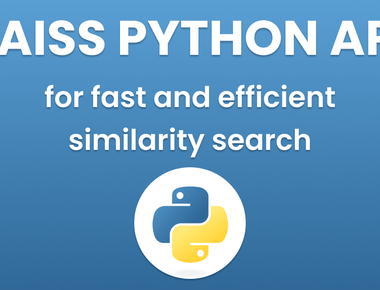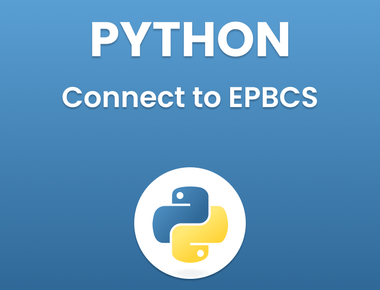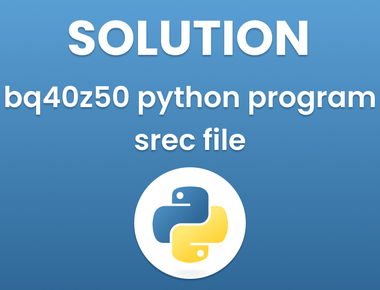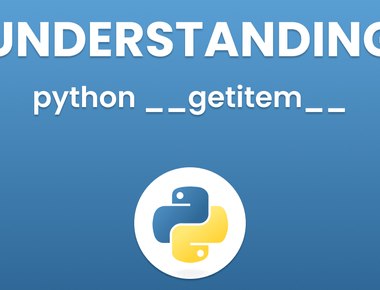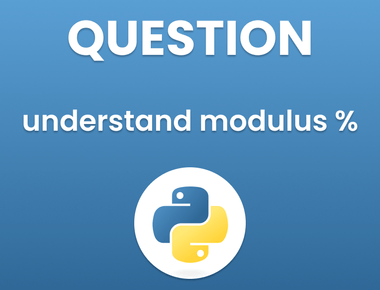Table Of Contents
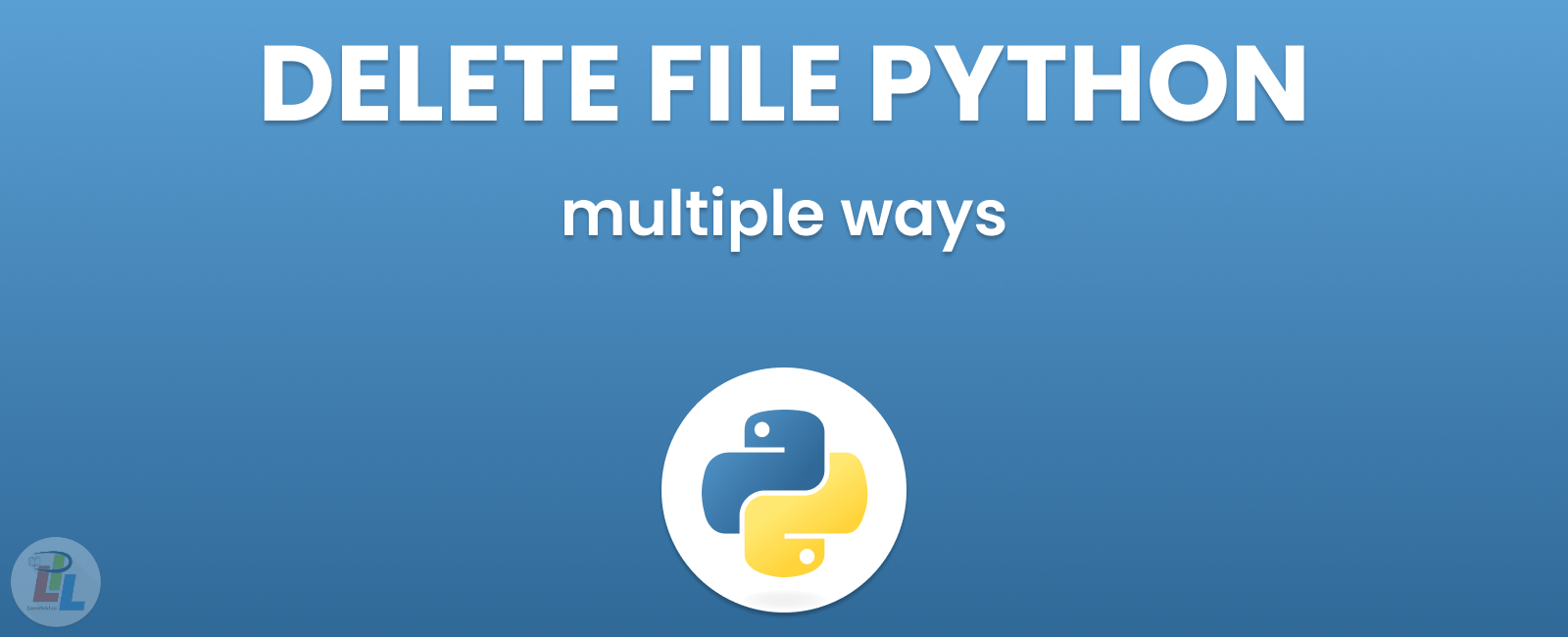
How to Delete File with Python
Managing files is a fundamental aspect of programming, and Python offers a range of tools and techniques for file operations, including the crucial task of file deletion. In this comprehensive guide, we will explore various methods for deleting files in Python while strategically incorporating essential keywords like “delete file with Python,” “delete a file Python,” “deleting a file Python,” “deleting files Python,” and “deleting files in Python.” By the end of this article, you’ll be well-versed in the art of efficient and secure file deletions using Python.
Utilizing the os Module
The Python os module is your go-to resource for platform-independent interactions with the operating system, including file deletions. Let’s dive into how you can delete file with Python using the os module:
import os# Define the file pathfile_path = "example.txt"# Check if the file exists before attempting deletionif os.path.exists(file_path):os.remove(file_path)print(f"{file_path} has been successfully deleted.")else:print(f"{file_path} does not exist.")
In this code snippet:
- We begin by importing the os module.
- We specify the file path (replace “example.txt” with the path of the file you intend to delete).
- We use
os.path.exists(file_path)to verify the file’s existence. - If the file exists, we employ
os.remove(file_path)to delete it.
Leveraging the os.unlink() Function
Python’s os module also provides the unlink() function, which serves as an equivalent to os.remove(). Here’s how you can utilize it:
import osfile_path = "example.txt"if os.path.exists(file_path):os.unlink(file_path)print(f"{file_path} has been successfully deleted.")else:print(f"{file_path} does not exist.")
Embracing the pathlib Module (Highly Recommended)
Introduced in Python 3.4, the pathlib module offers an object-oriented approach to file system path manipulation, simplifying file operations, including file deletion. Let’s explore how to delete file using pathlib:
from pathlib import Pathfile_path = "example.txt"# Create a Path objectfile = Path(file_path)if file.exists():file.unlink()print(f"{file_path} has been successfully deleted.")else:print(f"{file_path} does not exist.")
The use of the pathlib approach is highly recommended for its simplicity and enhanced code readability.
Error Handling: A Crucial Aspect
When it comes to file deletion, error handling is crucial, especially in production environments. File operations can fail for various reasons, such as insufficient permissions or a missing file. Therefore, it’s a best practice to wrap your deletion code in a try-except block:
from pathlib import Pathfile_path = "example.txt"try:file = Path(file_path)if file.exists():file.unlink()print(f"{file_path} has been successfully deleted.")else:print(f"{file_path} does not exist.")except Exception as e:print(f"An error occurred: {e}")
By incorporating proper error handling, your Python code gracefully manages exceptions that may arise during the file deletion process.
Conclusion
Mastering the art of deleting files in Python is essential for effective file management in various programming scenarios. Python’s os module and the modern pathlib module provide you with the tools to perform file deletions efficiently and securely. By incorporating strategic keyword usage like “delete file with Python,” “delete a file Python,” “deleting a file Python,” “deleting files Python,” and “deleting files in Python,” you not only gain valuable knowledge but also optimize your content for search engine discoverability. So go ahead, confidently handle file deletions in Python, and streamline your file management tasks with precision.
Subscribe to our newsletter!
Related Posts
Quick Links
Legal Stuff
Social Media



